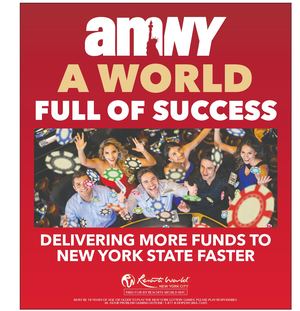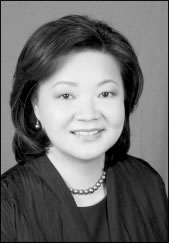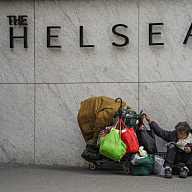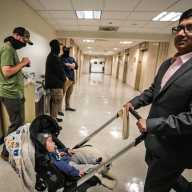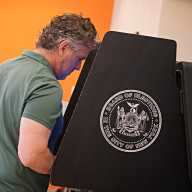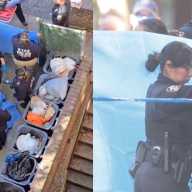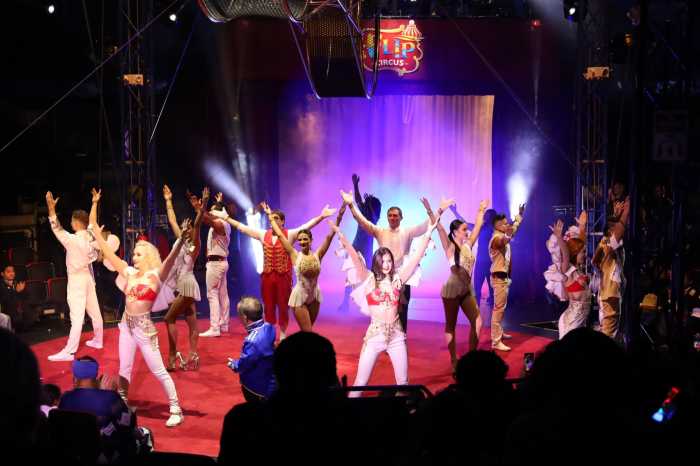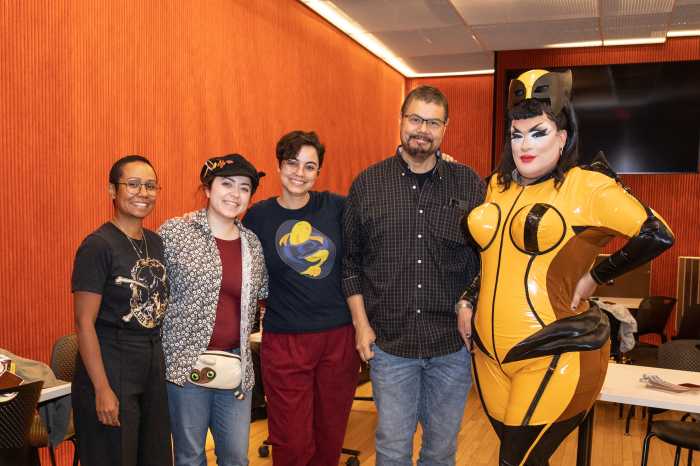By Julie Shapiro
Alice Mong heard a statistic several months ago that convinced her to leave her job and run the Museum of Chinese in America instead.
The statistic was that 28 percent of Americans say they rarely or never interact with Asian Americans.
“Even though we’ve made great progress, one-quarter of the country doesn’t know who we are,” Mong said this week. “MoCA can help fill in the blanks.”
The 28 percent statistic comes from a recent report by Committee of 100, the nonprofit Chinese American membership organization where Mong has worked for six-and-a-half years. Mong is leaving as executive director of Committee of 100 on July 14, and the next day she will officially start as the new executive director of MoCA.
Mong, 46, replaces Charles Lai, who co-founded the museum. Lai left MoCA in 1990 but returned in 2003 to shepherd the museum through its expansion.
That expansion is nearly complete, as MoCA moves from its old Mulberry St. location to its new Centre St. headquarters, designed by Maya Lin. The museum is holding some programs in the new space this summer and will officially open a permanent exhibit there in September. The old spot will be used for offices and archive storage.
On Monday afternoon, Mong got a jump-start on her new job by meeting with MoCA staff in the Mulberry St. location. Afterward, she sat in the middle of what used to be MoCA’s main exhibition room, amid the half-packed boxes of artifacts. Mong recalled visiting that same room when she first moved to New York in 2003.
Back then, Mong came to the museum to learn about Chinatown’s history and culture, which has more depth than casual visitors may notice.
“I don’t think most people know how diverse we are as a community, even New Yorkers,” Mong said. She hopes MoCA’s expanded space will provide new opportunities to tell that story.
One obstacle Mong will inherit is the impact of the recession on the museum. Like other nonprofits, MoCA’s budget got pinched as donors and foundations were less generous this year. To combat this, and to continue raising the money the museum will need for its new location, Mong said she would look to a broader base of supporters.
Mong said MoCA has traditionally focused its content and fundraising efforts on Chinatown, but the museum’s new permanent collection has a national focus and she hopes money will come in from a national group of donors as well.
Mong was born in Taiwan and her first language is Mandarin. She immigrated to the United States when she was 10, and she grew up mostly in Mansfield, Ohio, where her parents ran a Chinese restaurant. Out of 50,000 people in Mansfield, Mong knew of only one other Chinese family.
Mong’s friends were always curious about her heritage, since they had so few opportunities to learn about it. Mong hopes MoCA can become a resource for anyone who wants to know more about Chinese American history and culture.
Mong is particularly excited about expanding the museum’s web presence, using the Internet to create a virtual community. She wants to feature individuals’ stories, through oral histories and written accounts.
“It would be great for a Chinese American kid growing up in the Midwest, like me 20 years ago, to find someone like me on digital MoCA and to become part of a community,” Mong said.
Mong attended Ohio State University and later spent 11 years in Hong Kong, where she worked for a property management company and attained an M.B.A.
Mong currently lives in Midtown but plans to move Downtown soon to be closer to MoCA. Among other perks of spending a lot of time in Chinatown is that Mong will be near all the local Chinese restaurants that she loves.
Laughing, she said, “I can’t wait for the food down here.”
Julie@DowntownExpress.com
